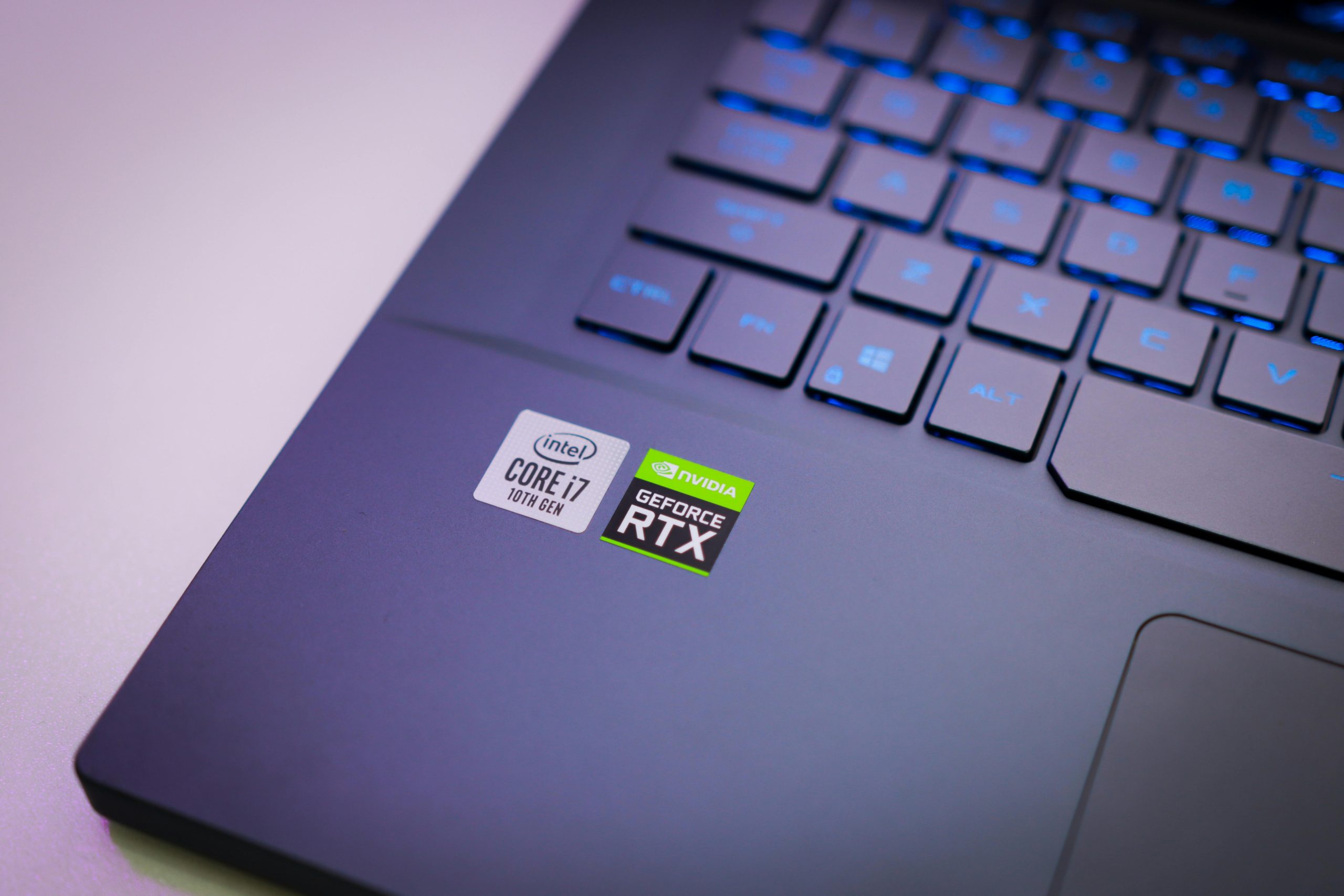Managing High CPU Temperatures: A Post-Repasting Experience
After recently repasting my laptop, I’ve been tracking the temperatures of the CPU cores during intensive tasks.
During a Cinebench multicore stress test, I observed that while most of my CPU cores were operating in the low 90°C range, cores 2 and 4 were significantly hotter, reaching temperatures exceeding this threshold. This has led me to question whether this situation warrants concern.
High CPU temperatures can be alarming, particularly during demanding tasks. It’s important to assess the thermal performance of a system after maintenance to ensure everything is functioning optimally. In my case, it raises several considerations:
-
Cooling System Check: After repasting, it’s crucial to ensure that the cooling system—including fans and heatsinks—are working efficiently. If some areas are running hot, it might indicate an issue with heat dissipation.
-
Thermal Paste Application: The method of applying thermal paste can significantly impact temperature performance. If it’s not evenly spread, it could lead to hotspots in certain cores, affecting their temperature readings.
-
Monitoring Software: Utilize reliable monitoring tools to keep an eye on temperature trends over time. Consistently high readings on specific cores could indicate underlying issues that may need addressing.
-
Prevention Measures: If the high temperatures persist during regular use, consider additional cooling solutions or even re-evaluating the configuration of your hardware.
Understanding the implications of these temperature readings is vital for maintaining your device’s longevity and performance. If you are experiencing similar issues, it might be beneficial to consult with tech forums or professionals for tailored advice. Do you think I should be concerned about the high temperatures on these specific cores? Your insights would be appreciated!
Share this content:




Re: CPU Cores 96C after repasting laptop
Hi,
High CPU temperatures, especially exceeding 90°C, can be a sign that something may need further attention. Since you’ve recently repasted the thermal compound, here are some steps to help diagnose and potentially resolve the issue: